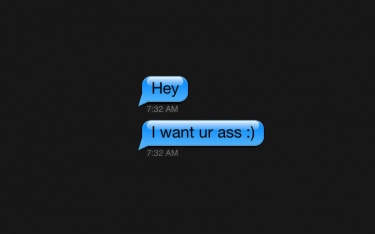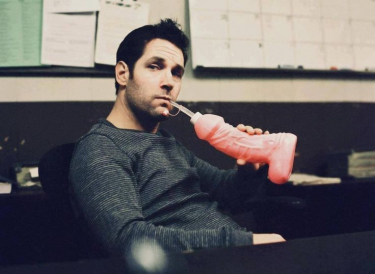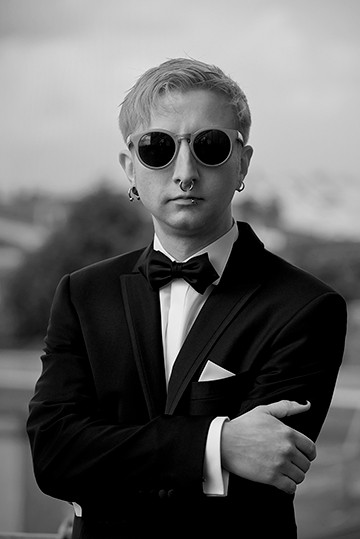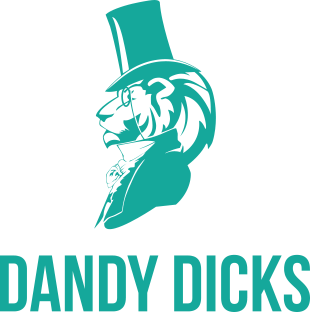Jul 31, 2015
The Gorgeous Monsters in the Mansion

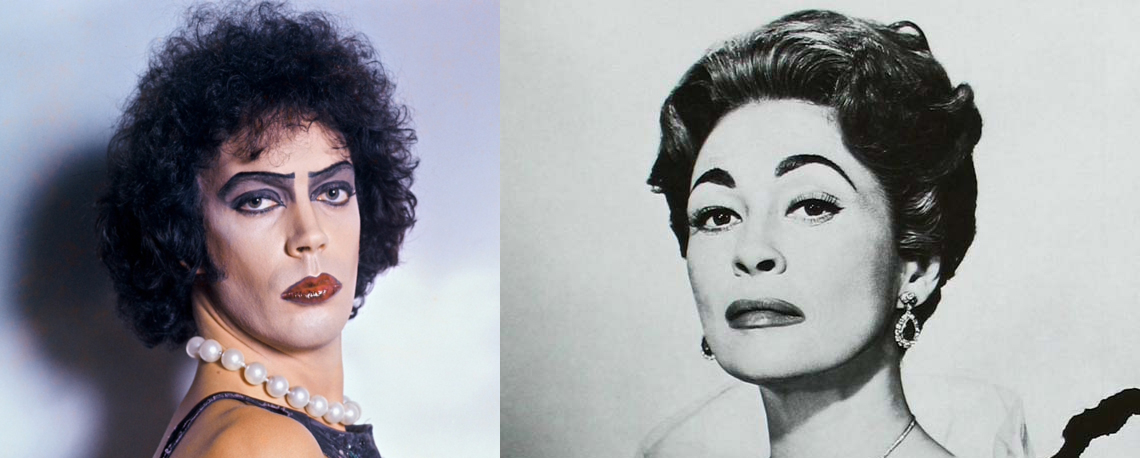
When it comes to the mythical mountain ranges of classic camp cinema, there are endless well-loved ridges and unnumbered iconic peaks. Pink Flamingos, Hedwig, Myra Breckenridge, Some Like it Hot, All About Eve and Barbarella are just a few names of note in this catalogue of topographic delights, of which even the most dedicated cinematic trekker could never tire.
Yet higher still, nestling far above them all, heaving like a rock-ribbed bosom, sit the impervious twin peaks of camp, The Rocky Horror Picture Show and Mommie Dearest. Yes, there’s gay, and then there’s gaaaaaaay.
Unexpectedly perhaps, the infamous Joan Crawford biopic and the glam rock musical have become shorthand for camp cinema, in all of its overblown, quippable, rouged and padded farcical hysteria. Though seemingly light-years apart in content, cinematography and critical reception, these two films are (to the vampiric mind of this lady authoress, at least) twinned. What connects this cinematic gruesome twosome, I hear you ask? Well, as Dr. Frank N. Furter himself would put it, “Come up to the lab, and see what’s on the slab…”
Both of these masterpieces are, like, hella meta – they are movies about movies. In Mommie Dearest, Faye Dunaway (arguably the greatest screen actress of the 20th century’s comparatively dismal second act) plays the queen of Hollywood, Joan Crawford. The film is studded with reflections on Crawford’s work life – on set, on air, in rehearsal; a central motif of the movie is movie-making itself. With The Rocky Horror Picture Show, we have a relentless cavalcade of genres thrown together, ripe for parody – a casserole of clichés and knowing jokes for film buffs. Hollywood musicals, silent cinema, 1950s teen flicks and sci-fi films are all chucked into the pot by Richard O’Brien, who cooked up the whole screwy soup that is Rocky Horror.
Critically, both films riff extensively on horror movie iconography, forming one of the scarce but crucial visual connections between two stylistically divergent movies. Rocky Horror, with its dismemberments, Satanic chorus and man-made monsters is a parade of scary movie tropes relentlessly satirised to uproarious effect. Mommie takes a more direct, less facetious approach, giving us scenes that(in comparison to Rocky Horror’s schlock fest) are actually rather horrifying. A bloodied Dunaway, as Joan Crawford, hacking her rose garden to pieces with an axe wearing a tattered gown is one such moment. Joan lopping off her weeping daughter’s hair with a pair of kitchen scissors is another. Both pale, of course, in comparison to the infamous scene in which the Dunaway/Crawford chimera bursts into her children’s bedroom screaming, “No more wire hangers!” With her grimace plastered in a disfiguring face-mask, snarling in the half-shadows of midnight, Dunaway, shot from below, is towering and truly terrifying.
Both movies share as a central location, that most gothic of locales, the isolated manor house. Mommie has her movie-star mansion, whilst Rocky Horror has her “hunting lodge for rich weirdos”, as the hapless Brad labels it. In these mansions we find two wealthy, charismatic, gorgeous hostesses, yet they are figures we almost immediately recognise as being on the precipice of psychosis. Both Joan and Frank have a house full of subservients who dare not challenge them, but seemingly they still want more… More! More! More! In true Bram Stoker style, they expand their entourage by imprisoning their “guests”. Frank incarcerates the gormless Brad and Janet, who wander into the story out of a thunderstorm, whilst Joan keeps her adopted children under lock and key; at one point her son, Christopher, is literally strapped to his bed.
Undoubtedly, Frank and Joan are monsters: Egotistical, violent, duplicitous, they both commit unspeakable acts of cruelty. And yet, whose eyes are dry when Frank sings his last number, or when Joan watches from her deathbed as Christina collects one final award on her behalf? Indeed, both of our heroines are victims of matricide. Frank is killed by his children (his mutinous servants) whilst Joan’s post-humous reputation is slashed to ribbons by her adopted daughter Christina (who wrote the book on which Mommie is based). Like Dracula, when he finally gets that stake through the heart, we cannot help but love these gorgeous monsters, even at the moment of their well-earned demise. Maybe queerdos always feel a more profound connection to fiends and miscreants, maybe not, but the lure exerted by Frank and Joan on the gay community has not faded with time.
In addition to scary movies, Rocky and Mommie share another slightly less spooky source of inspiration – namely drag. Both films foreground exaggerated portrayals of characters who perform their meticulously stage-managed genders, hard. There never was a woman like Joan Crawford, and never one like Dr. Frank N. Furter for that matter, either. Tim Curry as Frank is Rocky Horror’s star turn, and he is unquestionably giving a drag performance. The “sweet transvestite from transsexual Transylvania”, dolled up in his basque and high heels, hair teased and face powdered, sings and dances like an unstoppable showgirl, showcasing that shimmering concoction of ruthless ambition and questionable personal hygiene, so fundamental to being a drag queen. Likewise, Dunaway is pretty much doing drag throughout Mommie, turning in a performance that could generously be called “oversized” as she apes Crawford (already one of the most beloved personae for drag performers, even before Mommie made it the staple it is today). Dunaway herself referred to it as a “kabuki” performance, name-checking the stylised Japanese dance-drama in which the female roles are played by male actors.
Of course, in the true circle of creation, Mommie and Rocky Horror numbers are now probably two of the most common drag performances worldwide. From San Francisco to Bangkok, you can walk into a gay bar (the crappier the better) on any given Tuesday and find a queen lip-synching to a section of the soundtrack of either flick. I mean, was there ever a more quotable line than, “Don’t fuck with me, fellas”? Well, yes, maybe, but if there was, it definitely came from Rocky Horror.
The strangest, most uncanny aspect of Mommie is how meticulously Dunaway manages to inhabit the Crawford personality, movement and expression without ever giving anything away as to the interior world of the character. It’s like watching a wax work come to life – it’s as chilling as it is ludicrous. That’s probably not what Dunaway intended, but undoubtedly a significant factor in why it retains such a hold on the camp imagination. Therein lies the great difference between these two beautiful monstrosities: intent. As Susan Sontag put it in her canonical essay, Notes on Camp, “Camp is either completely naive or else wholly conscious (when one plays at being campy).” If Dunaway’s critically slated performance comes under the first heading, Curry’s career-defining turn absolutely comes under the second. To Dunaway’s horror, the studio responded to Mommie’s critical dismemberment by shifting their promotional campaign from presenting it as a dramatic feature to pushing it as a camp classic, with the accompanying tagline, “Meet the biggest MOTHER of them all!” Feeling justly humiliated, she refused to promote the film and has been reluctant to talk about it ever since.
Indeed, both the roles of Joan and Frank are so iconic (even beyond the camp-loving queer community) that they have become monsters themselves, practically mauling the careers of their respective stars to death. Since playing Joan Crawford, Dunaway has really only managed one film of note (Barfly). The rest of her post-Mommie CV is studded with embarrassing TV spots and legal feuds. (And this is a woman who had previously won a BAFTA, a Golden Globe, and an Oscar). For his part, Curry was so concerned with being typecast after playing Furter that he held the movie at arm’s length. This is somewhat ironic, considering his subsequent career comprised campy villains almost exclusively. Pennywise the Clown, The Lord of Darkness, and The Grand Wizard are fantastical creatures, but they’re no Frankie, now, are they?
Is this, then, the true horror of it all; how the spirit of the killer queens Dunaway and Curry dared to portray onscreen reached out from beyond the grave to seduce them, caress them, ensnare them, and ultimately drag them howling down to Hell? Maybe. Or perhaps it was just one bugle bead, one high kick and one campy quip too far. Eminently quotable, endlessly entertaining, and absolutely bananas, both films remain irresistible, outside of the intents and delusions of their makers. Whether on a lonely laptop screen, or at a massive scream-a-long screening, there they remain in all their gory glory, offering you, the viewer, the opportunity to “give yourself over to absolute pleasure” and enter into that blissful zone where you can find “the booze and the boys.”
by La JohnJoseph

